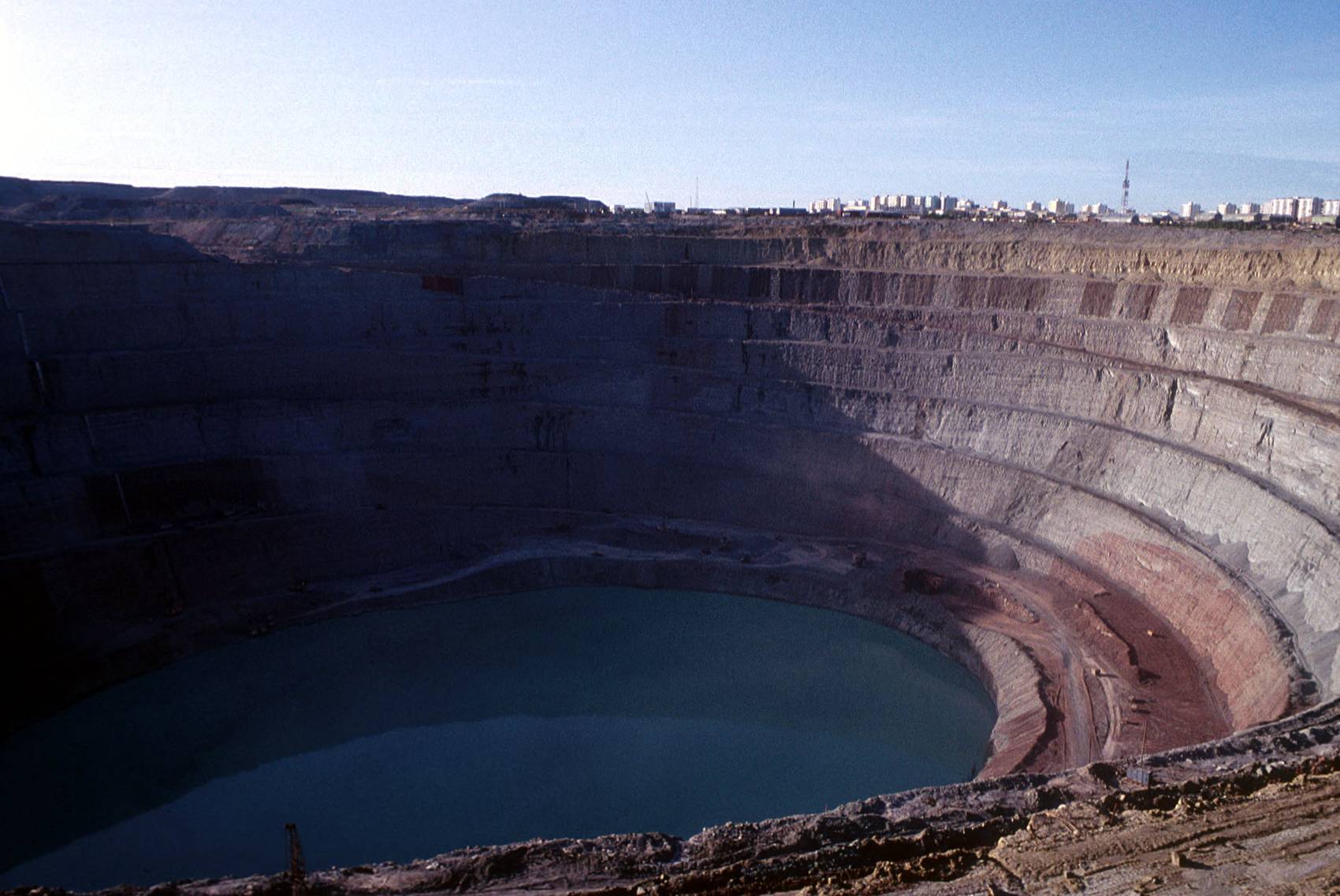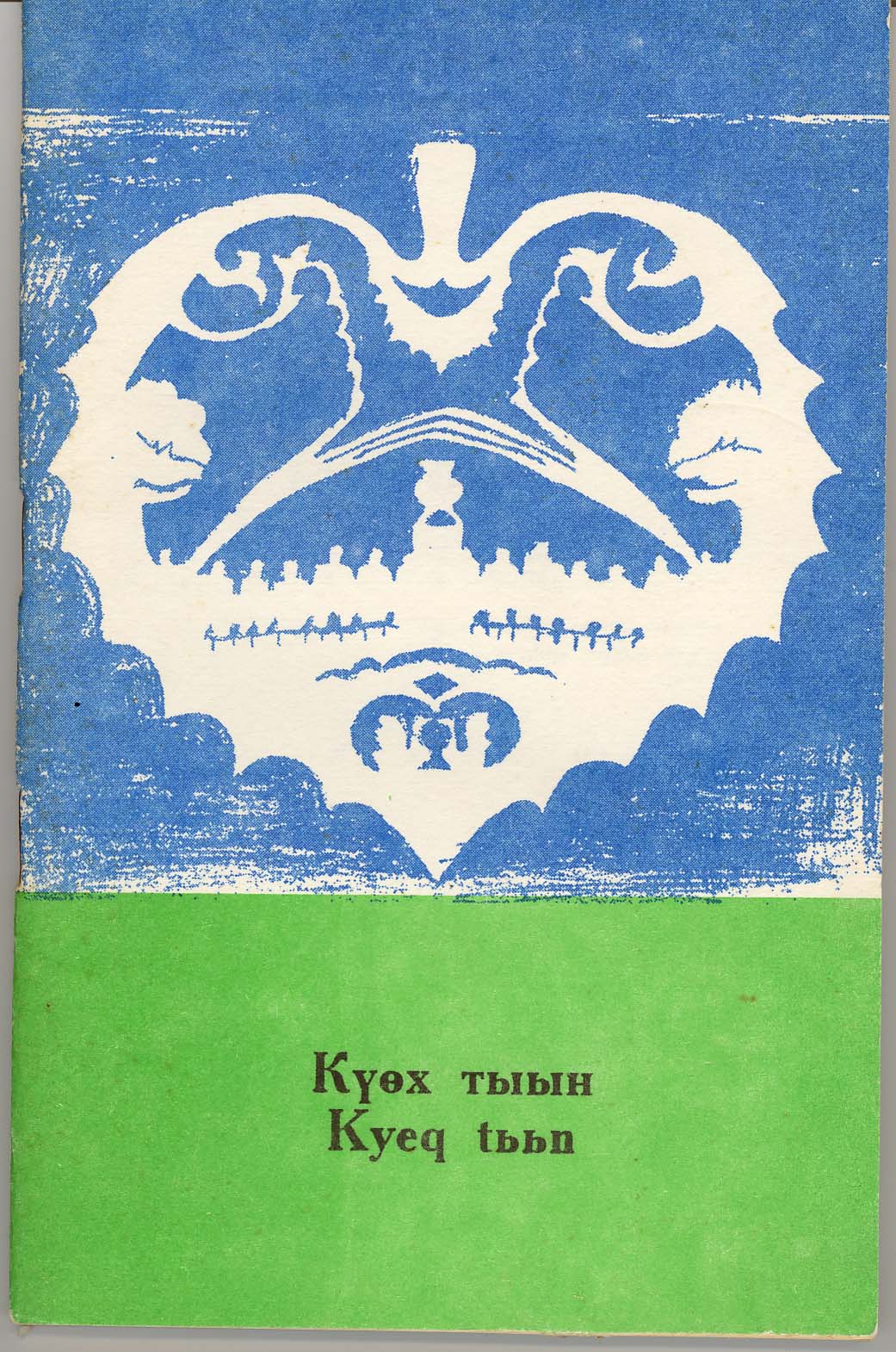In the paragraphs that follow I explain how the opportunities and events since 1988 have shaped my professional interests and goals.
Following a two week “Winter Journey of Reconciliation” with the Fellowship of Reconciliation (FOR) over New Years 1998, I took a Russian language immersion course in Zaparozhia, Ukraine in the 1988 summer. While traveling through Ukraine after the language program, I met and worked with ethnographers in the Kharkov oblast. This lead to collaborations the following two years, traveling to oblast villages to record and document traditional singers. During the academic year, 1988-1989, I began a Master’s program in Folklore at UNC-Chapel Hill, specifically to bring my interest in anthropology and traditional environmental customs and rituals into an academic framework. I was particularly interested in traveling to Lake Baikal, the oldest (60 million years+), deepest (> 1 mile in places) lake holding one fifth of the world’s freshwater and home to over a thousand endemic species. To these ends, I participated in the first Volunteers for Peace environmental work camp on Lake Baikal in 1989. The same summer, while in Ulan Ude, capital of the Buriat Republic, I worked with local ethnographers to explore further the ritual and belief systems of the native populations inhabiting the shores of Lake Baikal, the ethnic Buriat. The following summer I joined with the same group to conduct research in Tuva, where we traveled the Republic from one end to the other, visually and audibly recording throat singing, animal mimicry songs, stories and traditional environmental practices. I returned to Ulan Ude with my colleagues and we spent a month documenting traditional songs, stories, rituals, and shamanic practices in the Selenga, Tungusk, and Chita Buriat regions and in Mongolia.
|
It was the summer of 1991, under the auspices of an invitation to a week-long International Jew’s Harp Conference, that I made my first trip to the Sakha Republic. During the week of events surrounding the conference, we were flown out to various river regions of the Republic to participate in the Sakhas’ traditional annual fertility festival, yhyakh. In witnessing the contemporary festival, I was immediately taken by how much of the Sakha culture had been preserved in comparison to the other ethnic traditions I had been studying in southern Siberia. I decided to study the yhyakh for my Master’s thesis research topic. I returned in January 1992 to work for a few months with my colleagues in Ulan Ude and then to relocate to Yakutsk for several months of archival research and interviews with specialists in the city. In late spring I moved to my research base in the Elgeeii village, Suntar region. I traveled throughout the Viliui Regions, interviewing local inhabitants about the festival and using still photography and audio-recording to document contemporary Sakha culture. I participated in and documented accordingly five yhyakh festivals. I even won the women’s stick pull and arm wrestling competition and the prize was the calf in the picture below. |
After the festivals, I continued to interview inhabitants and also to participate in the local activities of the summer—most notably, haying, berry picking, and fishing. Based on my data, I concluded that the most vibrant and living aspect of the contemporary yhyakh festival is the ohyokhai, the Sakhas’ traditional circle dance which is fueled by the improvisatory singing of master singers. This was the basis of my Master's thesis, Dance of Life, Circle of Life: Ahyokhai as the Sakhas’ Emergent Ethnic Voice. Click HERE to learn more about my Master's research, HERE to see the table of contents from my thesis and email me to request draft sections. You can also download an article I recently published in the Journal of American Folklore based on my Master’s research, Ohuokai : A Unique Integration of Social Meaning and Sound, Journal of American Folklore.119(472): 161-183 by clicking here [pdf]. I also developed a slide and sound presentation Dance of Life, Circle of Life: Ethnic Revival in the Sleeping Lands of Siberia. Click HERE for a description. Like my Southern Siberia show, I presented this one extensively. Email me if you would like to know more about this and/or the Southern Siberia show. |
Ebe Marina, Toli and my calf, Chichaakh |
Cover of Kwek Teen (Green Spirit) |
While conducting my Master’s thesis research in 1992, I first learned of the environmental devastation of the Viliui River watershed in Sakha, Russia, resulting from the diamond mining activity that began there in the late 1950s. When I discovered that local populations had no understanding of their environmental plight, I wrote a proposal to begin a watershed-wide environmental education initiative based in a centrally-located village nature museum. As director of the 1994-1995 project, funded by John D. & Catherine T. MacArthur Foundation, I collaborated with local specialists to organize a clearinghouse for regional environmental information, develop hands-on ecology exhibits at the museum, and to research, write, publish and disseminate a citizen’s guide to environmental issues on the Viliui, written in the native Sakha language. The guide titled Kwek Teen (Green Spirit) was published in 1995 by Bichik Press in the capital city, Yakutsk. I also published a comprehensive article about the environmental issues on the Viliui in 1995 called “Environmental Problems in Sakha, Siberia” in Surviving Together, vol. 13, no. 4. pp 17-19. Towards the end of the two-year grant our team learned of the diamond company’s plan to open new diamond mines adjacent to native villages. With their support and input, I gained a second two-year grant from MacArthur, this time under the auspices of an Indigenous Policy Research Project, to conduct participatory research in the villages adjacent to the new mines, gathering local inhabitants’ experiences of the environmental devastation that had already affected their lives since the mining began in the late 1950s and to solicit their opinions about the new mines to open near their ancestral homelands. Our research team also traveled to the diamond mining city, Mirnyi, to interview specialists and displaced inhabitants about these same issues. Based on our research findings we generated several reports including a 45-minute video called “Diamonds for the Sakha,” all which were distributed to native activists and concerned citizens throughout the Viliui watershed. Another result of this research was an article in Cultural Survival Quarterly, “Silent Spring in Siberia: The Plight of the Sakha” 1997 vol. 20, no. 4, pp 14-16. |
For a continuation of this story, return to the main research page [link here]

